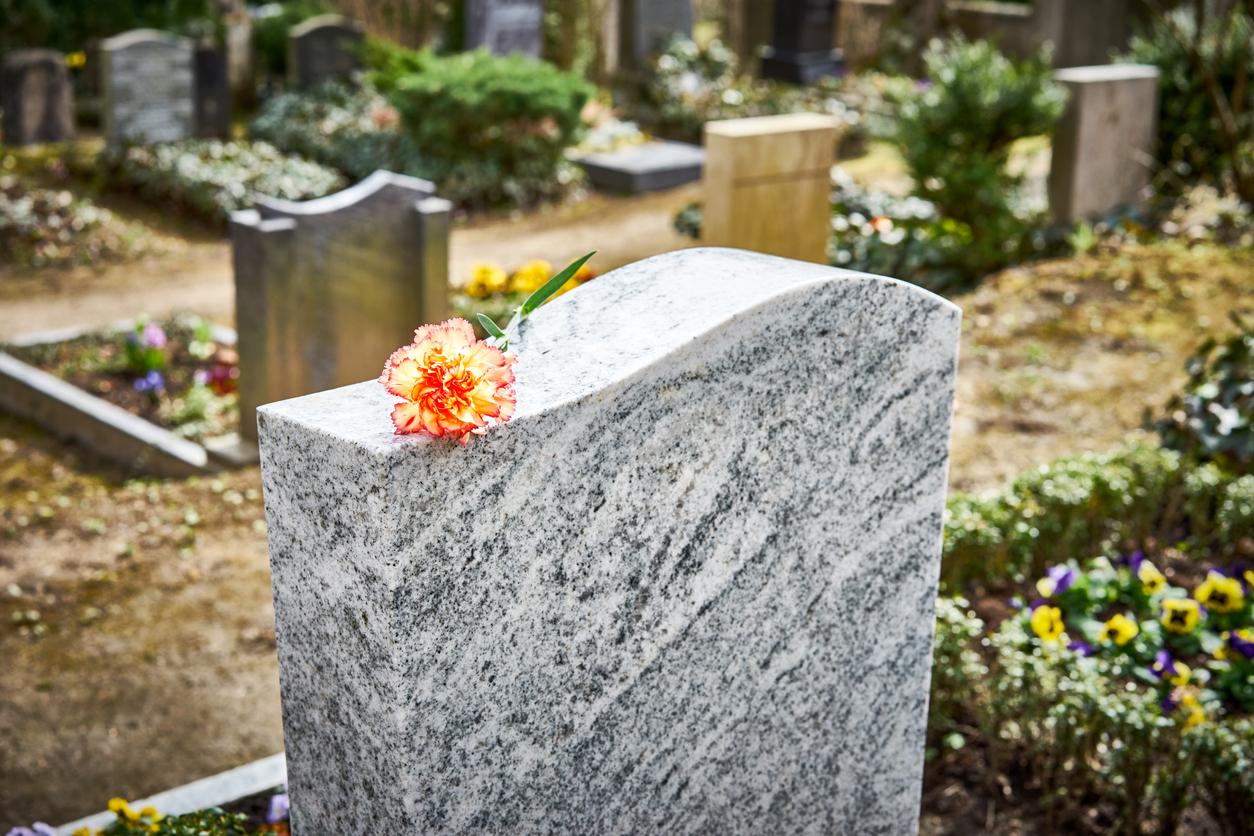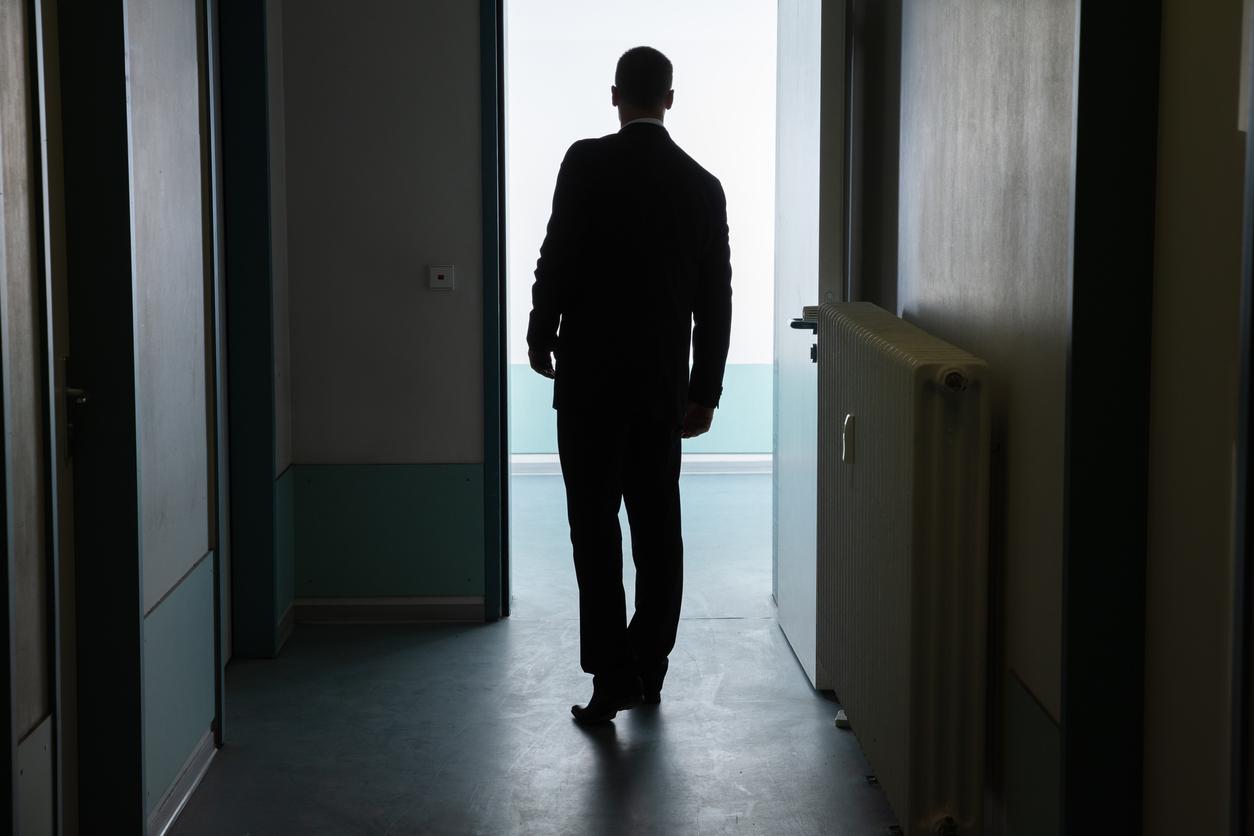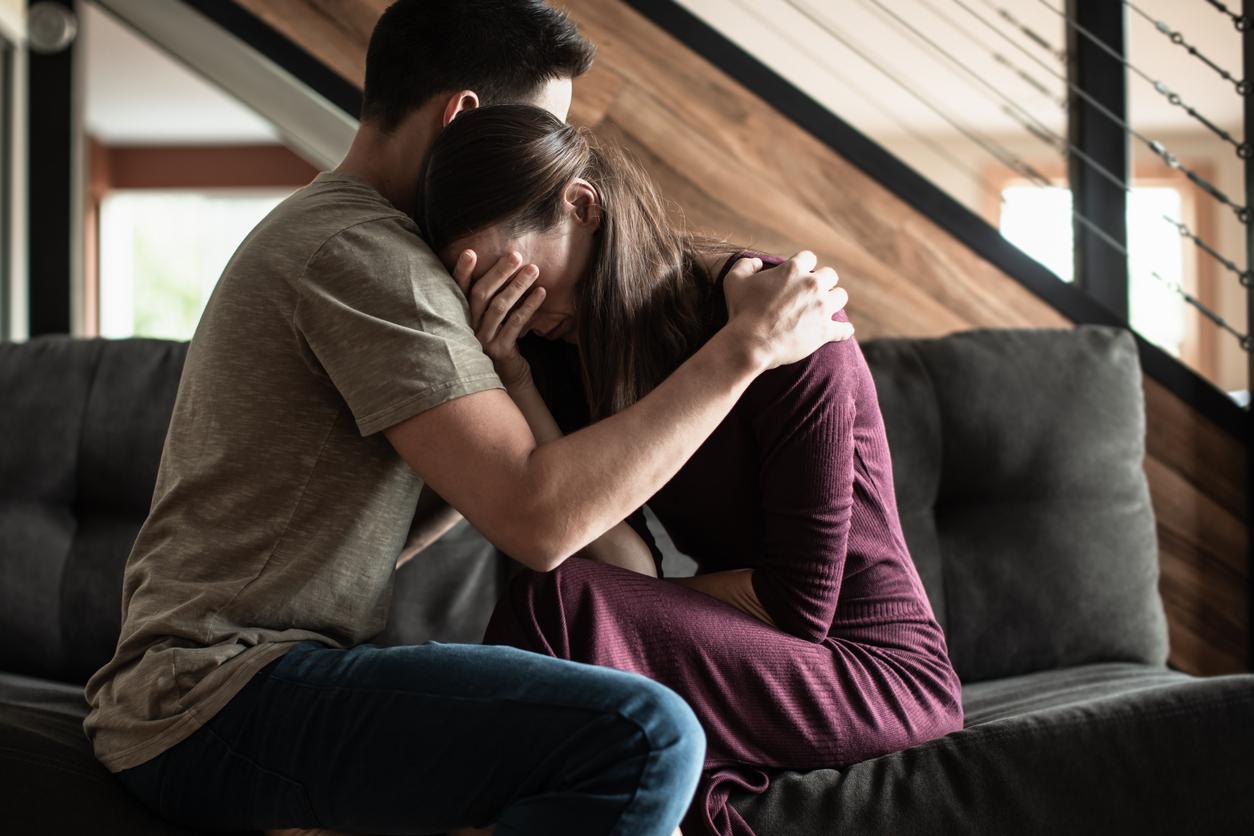The memory of deceased loved ones evolves over the years, it is part of the process of mourning and accepting the loss of a loved one.

- At the beginning, the images that come back most often may be those of the end of life or the funeral.
- Little by little, they give way to more beautiful memories.
- But time nevertheless has a negative point: it alters memories.
During this All Saints’ Day weekend, many people put flowers on the graves of their deceased loved ones. This moment is full of emotions and memories but, over the years, these evolve. This is part of the process of grieving and coming to terms with the loss of a loved one.
Loss of a loved one: 70% of bereaved people experience unexpected phenomena
Losing a loved one is an indescribable ordeal. The pain and brutality are immense. According to the B2V Observatory of Memories, 70% of bereaved people experience unexpected phenomena a few days or weeks following the loss of a loved one. These include, for example, visions of the person, sensations of presence or hearing their voice. It is a process of mourning, which does not relate to pathology. However, if it persists, you should speak to a healthcare professional.
At the beginning, the images that come back most often may be those of the end of life or the funeral. They are difficult to bear, and do not reflect the memories we want to keep of the person. Over time, fortunately, they give way to other images. It then becomes easier and easier to talk about the person, to remember moments other than the last ones. Communicating as a family can also help us remember these happy times. Often, memories are not the same from one person to another. In this way, it is possible to discover things about the deceased person, to exchange experiences and points of view. It becomes pleasant and less sad.
Memories can fade over time
If memories become pleasant over time, there is nevertheless a very negative point: they can be altered. If you don’t want to forget important things, you can write down anecdotes, quotes, facial expressions or habits of the deceased. Many loved ones also feel the need to look at a beautiful photo of the person, which ultimately becomes the predominant image when they think of their deceased relative or friend.
One step can be difficult: returning to strong places or places that the person appreciated, such as a town, a garden or a vacation home. In this case, you should not hesitate to talk about your emotions with those around you, to share your feelings. Same thing during visits to places of contemplation, such as the cemetery. Over the years, as a family, these moments can be an opportunity to recall joyful memories and talk about the deceased to the younger generations.
Grief: “Everyone has the right to feel vulnerable”
More generally, speaking is essential, whenever the need or desire arises. Whether the discussions are positive or negative about the missing person, you must talk about it and not internalize your feelings. “Dialogue, sharing of emotions and consolation play a fundamental role, explains Dr Catherine Thomas-Antérion, neurologist and member of the Scientific Council of the B2V Observatory. Although Nietzsche’s adage ‘what doesn’t kill you makes you stronger’ has its limits, it is essential to recognize that everyone has the right to feel vulnerable. Crises can indeed be destabilizing and isolating, but they can also provide opportunities for connection, support and personal transformation, opening the door to healing opportunities not previously considered.”And, of course, never hold back from crying because externalizing your pain is part of the path to reconstruction after the loss of a loved one.
















